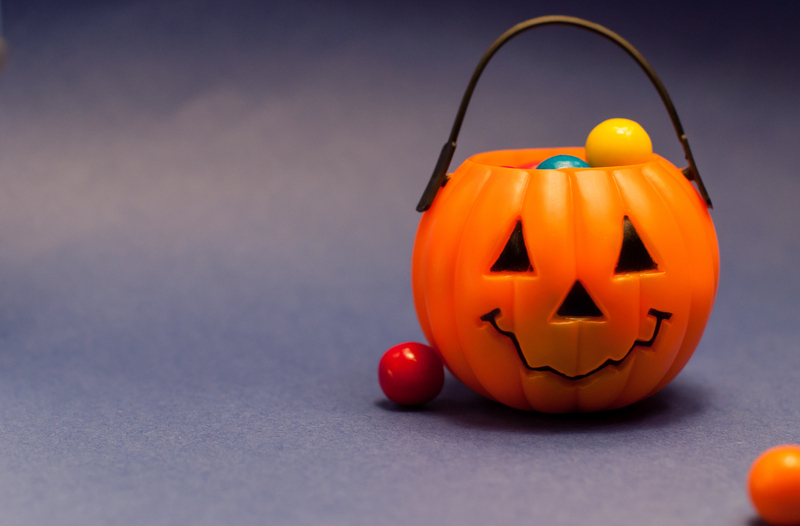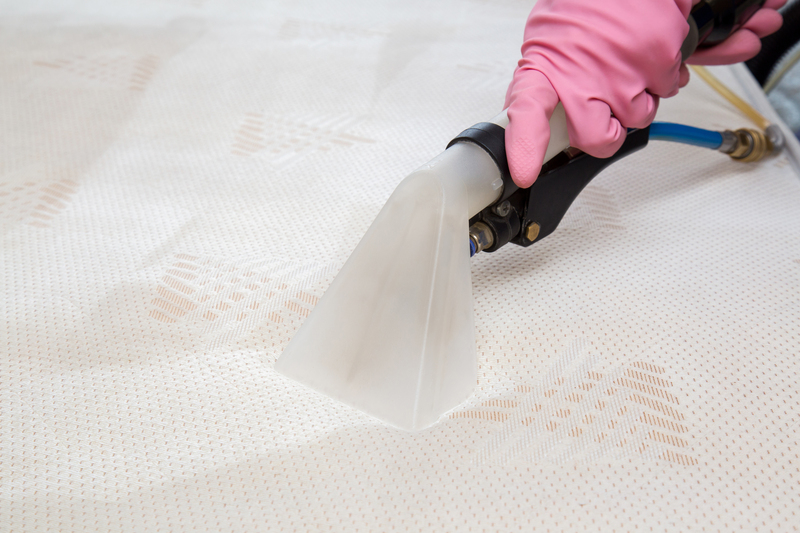Breathe New Life into Upholstery
Posted on 17/02/2025
Revamping upholstery can breathe new life into old and worn-out furniture. Whether it's a beloved family heirloom or an elegant piece picked up at a second-hand store, reinvigorating upholstery can restore its former glory. This article will provide a detailed guide on how to breathe new life into your upholstered furniture, making it look as good as new.
Understanding the Basics of Upholstery
Upholstery refers to the materials--such as fabric, padding, and springs--used to make soft coverings for furniture. Over time, these materials may wear out, fade, or become damaged. However, with the right tools and techniques, you can extend the life of your furniture considerably.
Common types of upholstery fabrics include cotton, leather, vinyl, and synthetic fibers like polyester and nylon. Each fabric type has its distinct advantages and considerations, so it's essential to choose the one that best fits your needs and lifestyle.

Assessing the Condition of Your Furniture
Before you begin any upholstery project, it's important to assess the condition of your furniture. Look for signs of wear and tear, such as:
- Torn or frayed fabric
- Discolored or faded areas
- Loose or broken springs
- Flattened or misshapen padding
- Structural damage to the frame
If the frame is damaged, you may need to repair or replace it before proceeding with the upholstery process. Once you have a clear idea of what needs to be done, you can move on to the next steps.
Planning Your Upholstery Project
Planning is a crucial step in any upholstery project. It involves selecting the right fabric, gathering materials, and preparing your workspace. Here's a checklist to guide you through this process:
- Choose Your Fabric: Decide on the type of fabric that suits your furniture and aesthetic preferences. Measure the surface area of your furniture to determine how much fabric you'll need.
- Gather Tools and Materials: Essential tools include a staple gun, staples, scissors, a sewing machine, upholstery needles, and thread. Depending on the project, you might also need new padding and springs.
- Prepare Your Workspace: Find a well-lit, spacious area where you can work comfortably. Lay down drop cloths to protect your floors and have all your tools within reach.
Removing the Old Upholstery
The first step in the actual upholstery process is to remove the old fabric and padding. This step requires patience and care. Here's how to go about it:
- Detach the Fabric: Use a staple remover or pliers to pull out the staples or tacks holding the fabric in place. Keep the old fabric intact as much as possible, as it can serve as a template for cutting the new fabric.
- Remove Padding and Springs: Once the fabric is removed, take out the old padding and springs. Check whether the springs are in good condition or need replacement.
- Clean the Frame: Vacuum and wipe down the frame to remove any dust and debris. Inspect the frame for any damage and make necessary repairs.
Installing New Padding
New padding can make a significant difference in the comfort and appearance of your upholstered furniture. Depending on the piece you're working on, you might use foam, batting, or even down feathers.
- Cut the Padding: Measure and cut the new padding to fit the dimensions of your furniture. Make sure the padding covers the entire surface evenly.
- Attach the Padding: Use a staple gun to secure the padding to the frame. Pull it tight and smooth out any wrinkles or lumps for a polished look.
- Install New Springs: If the springs were damaged or worn out, replace them with new ones. Follow the manufacturer's instructions to ensure they are installed correctly.
Applying the New Fabric
Now comes the most satisfying part--applying the new fabric. This step requires precision and attention to detail.
- Use the Old Fabric as a Template: Lay the old fabric on top of the new fabric and trace around it to create a cutting pattern. Cut the new fabric according to the template.
- Attach the Fabric: Start by securing the fabric to one end of the furniture piece. Use a staple gun to fix it in place, pulling the fabric tight as you go along. Work your way around, stapling the fabric to the frame and ensuring there are no wrinkles.
- Finish the Edges: For a professional look, fold the edges of the fabric under before stapling them. Trim any excess fabric and make sure all staples are covered.
- Add Decorative Elements: If you want to add a personal touch, consider decorative elements like buttons, piping, or tufting.

Maintaining Your Reupholstered Furniture
Once you've breathed new life into your upholstered furniture, it's essential to maintain it to ensure its longevity.
- Regular Cleaning: Vacuum your furniture regularly to remove dust and debris. Spot-clean any stains as soon as they occur.
- Protect from Sunlight: Prolonged exposure to sunlight can fade the fabric. Position your furniture away from direct sunlight or use curtains to protect it.
- Rotate Cushions: If your furniture has removable cushions, rotate them regularly to ensure even wear.
Conclusion
Revitalizing your upholstered furniture is a rewarding project that can enhance the beauty and comfort of your home. By following the steps outlined in this guide, you can breathe new life into your upholstery and enjoy your refreshed furniture for many years to come. Whether you're a seasoned DIY enthusiast or a beginner, taking the time to properly plan, execute, and maintain your upholstery projects will ensure stunning results that you can be proud of.

 Company name:
Company name:  Telephone:
Telephone:  Opening Hours:
Opening Hours:  Street address:
Street address:  City:
City:  E-mail:
E-mail:  Web:
Web:  Description:
Description: 







